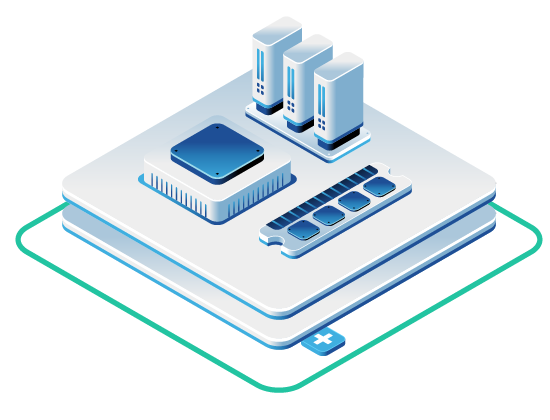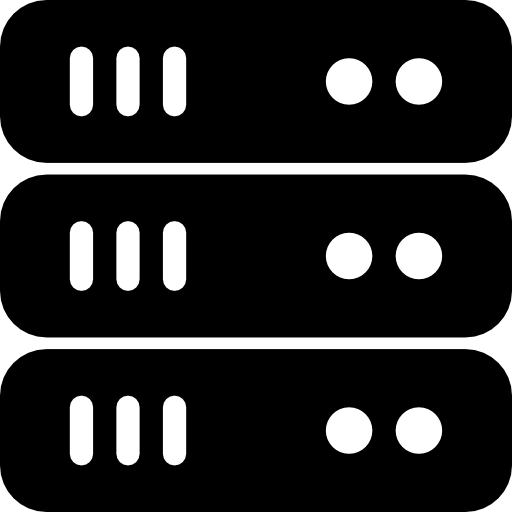As demand for AI and machine learning infrastructure accelerates, hardware decisions increasingly affect both model performance and operational costs. The NVIDIA A100 and H100 are two of the most widely adopted GPUs for large-scale AI workloads. While both support advanced features like Multi-Instance GPU (MIG), they differ significantly in performance, architecture, and use case suitability.
Architecture and Capabilities
The A100 is based on NVIDIA’s Ampere architecture and was released in 2020. It features 40 or 80 GB of HBM2e memory and supports MIG, allowing one physical GPU to be split into up to seven logical GPU instances.
The H100, released in 2022, is built on the newer Hopper architecture. It offers 80 GB of HBM3 memory with higher bandwidth and supports second-generation MIG. The Hopper architecture introduces the Transformer Engine, which is designed to accelerate deep learning operations using mixed precision formats, especially FP8. This engine plays a key role in accelerating both training and inference workloads.
Performance Metrics
In general, the H100 outperforms the A100 across all AI workloads. Benchmarks show that:
- Training Speed: The H100 provides up to 2.4 times faster training throughput compared to the A100 when using mixed precision. This improvement becomes more pronounced with very large models.
- Inference Speed: The H100 outpaces the A100 with 1.5 to 2 times faster inference performance, aided by its Transformer Engine and increased memory bandwidth.
- FP8 Efficiency: The H100 is optimized for FP8 computation, reducing memory usage and increasing performance for transformer-based models.
Tokens per Second (Throughput)
Token generation speed is a key metric in LLM inference:
- A100: Around 130 tokens per second in typical deployments for models in the 13B to 70B parameter range.
- H100: Capable of 250 to 300 tokens per second for similar models, depending on optimization strategies and batch size.
This improvement means an H100 can support nearly twice the inference throughput of an A100, lowering the number of GPUs required in production deployments.
Latency and Concurrency
The H100’s combination of FP8 support and HBM3 memory allows it to handle more concurrent inference requests with reduced latency. This is particularly important for real-time applications like chat assistants, code generation tools, fraud detection systems, and other latency-sensitive inference pipelines.
In contrast, the A100 is better suited for workloads where throughput is important but strict latency limits are less critical. It remains useful for batch inference or background processing tasks.
Memory Bandwidth and Architecture
Memory type and bandwidth play an important role in performance:
- A100: Equipped with 40 GB or 80 GB of HBM2e memory, it offers up to 2 TB/s memory bandwidth.
- H100: Comes with 80 GB of HBM3 memory, delivering up to 3.35 TB/s memory bandwidth.
This memory improvement in the H100 supports higher batch sizes, larger model inference, and more concurrent user sessions.
Age and Availability
The A100 has been on the market since mid-2020 and is widely available through major cloud providers and infrastructure vendors. It has a mature software stack with well-understood deployment practices.
The H100, introduced in 2022, is newer and typically more expensive. Supply constraints are easing, but it is still considered a premium option aimed at organizations with high-throughput or high-efficiency requirements.
Virtualization and Sharing Capabilities
Both GPUs support MIG, enabling partitioning into isolated GPU instances. A single A100 or H100 can be split into up to seven instances for isolated workloads. Additionally, time-slicing is supported, which allows multiple VMs to share GPU resources without strict isolation.
MIG is ideal for private clouds using OpenStack, where consistent performance and hardware fault isolation are required. OpenMetal integrates MIG and time-slicing into its private cloud platform to enable both cost-effective and predictable GPU utilization.
Power Consumption and Efficiency
The H100 generally consumes more power than the A100, but it also performs significantly more operations per watt. This means the total performance-per-watt is improved, especially when running large, optimized AI models.
When deployed in environments where power and cooling are constrained, the trade-off between raw performance and energy cost must be considered. The H100 is best suited for data centers where efficiency per rack or per kilowatt-hour is a critical metric.
Support and Ecosystem
Both GPUs are supported by major ML frameworks including PyTorch, TensorFlow, and JAX. NVIDIA’s Triton Inference Server also supports both A100 and H100 for high-efficiency inference serving. Libraries like vLLM, Hugging Face Transformers, and TensorRT have begun optimizing for H100’s FP8 capabilities.
The A100 remains well-supported in the ecosystem and is compatible with nearly all AI software stacks. Its broader availability makes it more suitable for developers and researchers who are cost-sensitive or require hardware flexibility.
Practical Deployment Considerations
When comparing daily capacity based on throughput:
- A single A100 (130 t/s) can process around 11,000 requests/day assuming 1024 tokens/request.
- A single H100 (250–300 t/s) can process around 22,000–26,000 requests/day under the same conditions.
This implies that in high-demand environments, H100 GPUs can reduce the number of nodes required, lower overall latency, and simplify scaling operations. For organizations needing predictable performance in production, the investment in H100 hardware can result in operational efficiencies despite the higher upfront cost.
Summary Comparison Table
| Feature | A100 (Ampere) | H100 (Hopper) |
|---|---|---|
| Release Year | 2020 | 2022 |
| Memory | 40 GB or 80 GB HBM2e | 80 GB HBM3 |
| Memory Bandwidth | Up to 2 TB/s | Up to 3.35 TB/s |
| MIG Support | Yes (up to 7 instances) | Yes (2nd Gen MIG, 7 instances) |
| Transformer Engine | No | Yes (FP8 support) |
| Training Performance | Baseline | Up to 2.4x faster |
| Inference Throughput | ~130 tokens/second | 250–300 tokens/second |
| Latency | Moderate | Lower |
| Power Efficiency | Good | Higher |
This comparison helps clarify when each GPU is most appropriate. For users deploying models in dedicated environments, including those using private clouds with integrated GPU support, understanding the tradeoffs between the A100 and H100 is critical for performance and budgeting.
Interested in GPU Servers and Clusters?
GPU Server Pricing
High-performance GPU hardware with detailed specs and transparent pricing.
Schedule a Consultation
Let’s discuss your GPU or AI needs and tailor a solution that fits your goals.
Private AI Labs
$50k in credits to accelerate your AI project in a secure, private environment.
Read More From OpenMetal


































